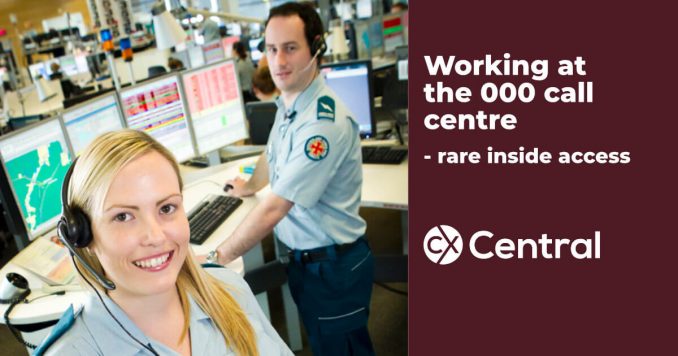
Behind the scenes working at the 000 call centre
As part of a recruitment drive the QLD Ambulance Service recently allowed the media inside to see what it’s like as an Emergency Medical Dispatcher working at the 000 call centre.
The reality of an ambulance call centre is far from what the silver screen leads the public to believe.
Covering a district more than double the size the state of Victoria, the team of Queensland Ambulance Service Emergency Medical Dispatchers has juggling down to an art.
Working 12-hours shifts broken by two 30-minute breaks and shorter periods if needed, the daily grind of an EMD is never that.
Any call can be a disaster or a chance to save a life, to comfort a caller whose loved one has passed away or help deliver a baby who just couldn’t wait to be born.
No two shifts are the same and that’s a fact EMD Tanya Linnett says is just one aspect of the job she’s loved for the past 12 years.
“I get to come to the best job, every day,” she said.
“I love it.”
A day working at the 000 call centre
The Chronicle was given an all-access pass into the Herries St centre to get a glimpse of what just one hour looks like in the dispatch room.
Just after 9am, a young man hundreds of kilometres away called 000 about his grandfather in a small rural town who had accidentally pocket-dialled from his mobile.
The younger man, fearing the worst, relayed to Mrs Linnett his grandfather had a history of medical problems and asked for an ambulance.
She asked a handful of questions – the location, situation, whether he was breathing and alert, and reassured the caller help was on its way.
Within seconds an ambulance was dispatched to the address and moments later, the original caller was back on the line with more information.
“People need to tell us where they are,” Mrs Linnett said.
“The reason we ask the questions is to get as much information to organise the best possible care.”
“We can’t deny an ambulance when it is requested.”
Every 000 call is answered the same way and treated in the same manner, be the situation a stubbed toe, a heart attack or highway traffic crash.
The morning The Chronicle sat in on operations was described as “steady”, fielding a few calls about inter-hospital transfers and one transport from a medical centre to the Toowoomba Hospital.
Mrs Linnett admits there are the tough emotional days when something about a call or a situation hits a bit too close to home.
But she said the peer support program, and the close ties with colleagues who understand the toll some situations can have, got her through the hard days.
She said it’s not a job that can be done without emotion or empathy.
“When you lose all the empathy is when you should leave the job,” she said.
An EMD is not just about the emergency calls, but also about coordinating with other services, administration duties and professional development for better service.
If you would like to apply for a role the Queensland Ambulance Service are now recruiting – click here for more information.
Inside the Vic Triple Zero call centre
CX Central was also recently given exclusive access to the ESTA (Emergency Services Telecommunications Authority) call centre in Victoria, meeting with frontline staff and management.
You can get a great insight into some of the challenges, training, compassion and professionalism in the articles and podcast below:
- Read: Triple Zero heroes – behind the scenes at Triple Zero call centre
- Listen to the Podcast
We go behind the scenes in the Victorian Triple Zero call centre for an amazing and rare insight (including a real call).
